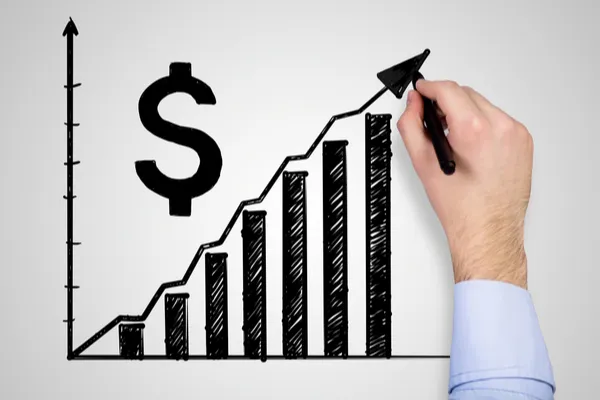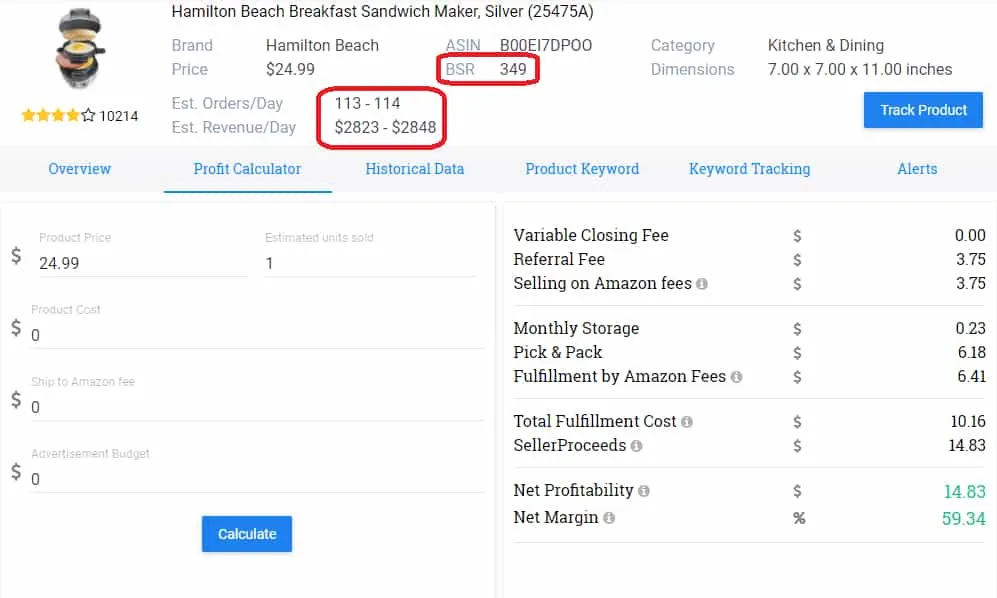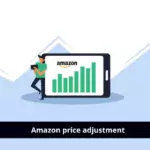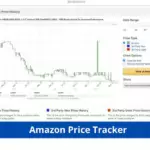How to Price Your Amazon Products for Maximum Sales

Pricing your products correctly is essential if you want to maximize your sales on Amazon. Setting the right price can be tricky, as you need to find a balance between profitability and competitiveness. However, by following a few simple guidelines and considering the unique factors that influence Amazon pricing, you can develop an effective pricing strategy that helps you reach your goals. In this article, we’ll explore how to price your Amazon products for maximum sales, including strategies for researching and setting prices, factors that affect Amazon pricing, and ways to optimize your pricing for increased sales.
Researching Your Product and Market
Before you start setting prices for your Amazon products, it’s important to conduct thorough research to understand your product and market. This research will help you identify the competition, market demand, and other factors that can impact your pricing decisions.
- Research Your Competitors: The first step in researching your market is to identify your competitors. Search for products similar to yours on Amazon, and take note of their prices. Look at their product descriptions, reviews, and ratings to get a sense of how they’re marketing their products and what features customers value most.
- Understand Your Target Market: Your target market is the group of customers who are most likely to buy your product. Consider factors such as age, gender, income level, and geographic location when identifying your target market. This information can help you tailor your product features and pricing to meet their needs.
- Analyze Market Trends: Stay up-to-date with the latest market trends and changes in consumer behavior. Use tools like Google Trends, social media analytics, and industry reports to identify patterns and predict demand for your products.
Setting Your Price
Once you’ve completed your research, you’re ready to set your price. There are several factors to consider when setting your price, including your costs, competition, and customer demand.
- Calculate Your Costs: To set your price, you need to know your costs. This includes your manufacturing or production costs, shipping and handling fees, and Amazon’s fees. You also need to factor in any overhead costs, such as marketing and advertising expenses.
- Consider Your Competition: Review your competitors’ prices and consider how your product compares in terms of quality, features, and benefits. Determine whether you want to price your product higher, lower, or at the same level as your competitors.
- Determine Your Customer Demand: Your pricing should reflect customer demand for your product. Use your research to determine the price range that your target customers are willing to pay for your product. If your price is too high, you may struggle to attract buyers. If your price is too low, you may leave money on the table.
Factors That Affect Amazon Pricing
There are several factors that can influence Amazon pricing. Understanding these factors can help you adjust your pricing strategy for maximum sales.
- Amazon Fees: Amazon charges fees for selling on their platform, including referral fees, fulfillment fees, and storage fees. These fees can vary based on the product category, size and weight of the product, and other factors.
- Shipping and Handling: Shipping and handling fees can also impact your pricing decisions. Consider offering free shipping or reduced shipping rates to make your product more attractive to buyers.
- Seasonality: Demand for certain products can vary based on the season. For example, sales of winter coats will likely be higher in the fall and winter months than in the spring and summer. Adjust your pricing strategy accordingly.
- Product Availability: If your product is in high demand and low supply, you may be able to price it higher. However, if your product is readily available from other sellers, you may need to adjust your pricing to remain competitive.

Optimizing Your Pricing for Increased Sales
After setting your initial prices, it’s important to continue monitoring and optimizing your pricing strategy for increased sales. Here are some tips for optimizing your pricing:
- Use Amazon’s Automated Pricing Tools: Amazon offers several automated pricing tools that can help you adjust your prices based on market demand and competition. These tools can help you stay competitive and increase your chances of making a sale.
- Monitor Your Competitors: Keep an eye on your competitors’ prices and adjust your prices accordingly. If a competitor lowers their price, you may need to lower yours to remain competitive.
- Offer Discounts and Promotions: Offering discounts and promotions can help you attract more customers and increase sales. Consider running promotions during peak shopping seasons, such as Black Friday and Cyber Monday.
- Use Dynamic Pricing: Dynamic pricing is a strategy that involves adjusting your prices based on factors such as demand, supply, and seasonality. This can help you maximize your profits and remain competitive.
- Monitor Your Sales and Adjust Your Prices: Keep a close eye on your sales and adjust your prices as needed. If you’re not selling as much as you’d like, consider lowering your prices. If you’re selling out quickly, consider raising your prices to maximize profits.
Conclusion
Pricing your Amazon products for maximum sales requires careful research, analysis, and strategy. By understanding your product, market, competition, and Amazon’s unique pricing factors, you can develop an effective pricing strategy that helps you reach your goals. Remember to continuously monitor and adjust your pricing strategy for optimal results, and consider using Amazon’s automated pricing tools, dynamic pricing, and promotions to boost sales. With the right pricing strategy, you can increase your sales, grow your business, and achieve success on Amazon.



